Humans unconsciously recognize geometric relationships and thereby the higher order of shape.
Man unconsciously recognizes geometric relationships and as a result also the higher order in design.
We therefore experience shapes based on a geometric, mathematical relation as aesthetically beneficial and mentally constructive. By definition, this is already the case with rectangular forms. Even if the geometry is really simple.
With round forms it is somewhat more differentiated and difficult.
Organic forms, for example, desks, can simply be produced by rounding off all the edges a little. As it were, softening. A similar thing happens to a sharp-edged stone if it is rolled down the stream or river long enough. The result is a beautiful, rounded pebble. We can no longer injure ourselves so easily on it as with the sharp-edged stone. This is why we are more comfortable with the softened stone. It has a harmless, organic form. The potato is like this, beautifully, organically round and it inspires our organism on the level of the stomach. On the level that deals with our essential needs of protection from injuries and consumption of food.
This is different with a geometric form, for example, a circle or an ellipse. Since we recognise the complex form unconsciously, certain areas in our brain and our system are activated which must be attributed to a higher spiritual order.
Organic forms stimulate and are esthetically pleasing. But organic forms can imply a higher intelligence by means of geometric forms, which have their roots in mathematics. For example, an ellipsis is a curve where the sum of the distances from any point on the curve’s two center points is constant. A “Cassini curve” is a family of curves in which the loci of each curve satisfy the condition that the product of the distances to each focus point is exactly a constant. The lemniscates (the horizontal eight, the symbol of infinity) is a special form of the “Cassini curve.”
Mathematically these forms are very complicated, but humans are unconsciously aware of such relations. Who can create complex geometry? Not animals, not plants and not stones. Only the highest spirit in the creation can do this. This ability is a divine gift. If you apply more effort in geometry people can feel it.
Our mind perceives such relations unconsciously and is proverbially glad to have discovered something “intelligent” in its surroundings.
It is especially important, when dealing with organic forms, to use clearly formulated geometry, to ensure the higher approach of intelligence at work.
Unlike with the rectangular table for which the proportion is the only characteristic for a pleasing, inspiring geometry, with round forms we have an endless number of possibilities. It is all the more difficult to design a round desk form based on a harmoniously inspiring geometry.
Since we perceive the effect of a form unconsciously, just like the effect of a color, this also has a specific effect on us. This can vary a great deal. Just like a mix of colors produces a mix of feelings, emotions and tendencies in our way of thinking and influences us in our decision-making, the form has the same effect.
The logical analysis of the effect of round forms is very difficult and never complete. A round-shaped desk is a combination of several geometries. Simple changes in size and changes of individual radii change the relations within the form and result in a totally different effect.
The harmoniously, inspiring effect and effectiveness of the few very costly developed Vital-Office forms have already been proven in practice for more than 10 years. With very good feedback from the employees working at them.
In practice everyone can sense the difference. Just like you perceive the quality of a car by lots of small details, it is the same with a desk. If you have the opportunity, I would like to recommend you to test different desks with all five senses. In my more than 20-year employment in the sector I tried out almost each form long term and experienced the differences. Of course, everyone must have their own experiences, for which reason we frequently take 2 steps forwards and one step back.
Spiral-shaped sequences of numbers, for example, the Fibonacci sequence, which reproduces the golden cut, are likewise suitable aids for building geometric relations into a design, such as the well-known Root 2 or Root 3 proportions. Other geometric aids are, for example, the construction of the flower of life and the proportions and forms it contains.
The circle itself is the most perfect geometric form and symbolizes the spiritual origin (heaven). The square symbolizes expression in matter (earth).
Conclusions:
Round shapes, based on a geometric relationship, symbolize a higher (intelligent) order within the biological diversity.
Downloads:
A meticulous and holistic design of the working environment, however, can promote creativeness and significantly contribute to the wellbeing of body and mind. This design also promotes
...

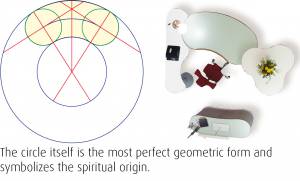


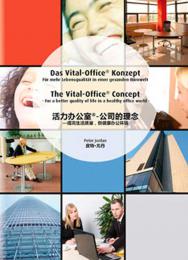

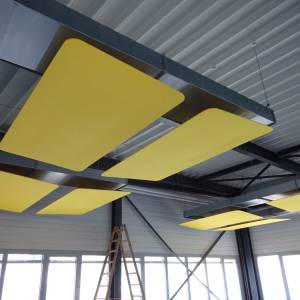 /a>
/a>
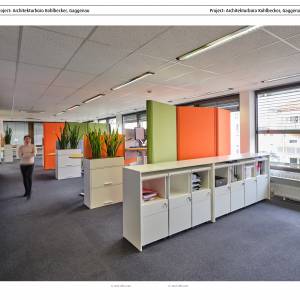 /a>
/a>
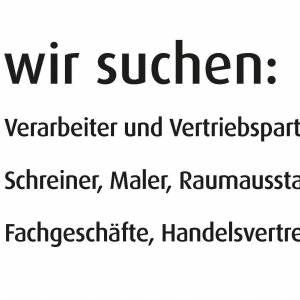 /a>
/a>
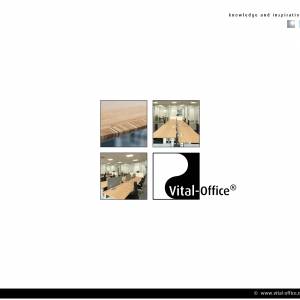 /a>
/a>
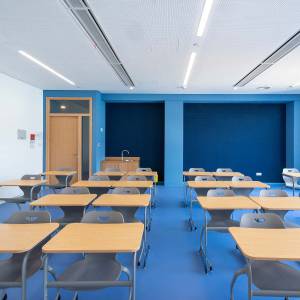 /a>
/a>
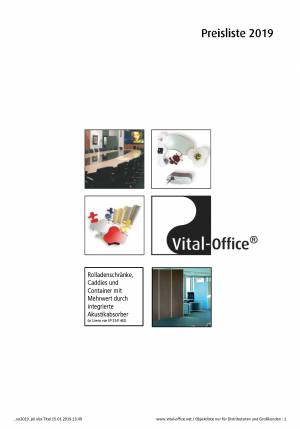 /a>
/a>
 /a>
/a>
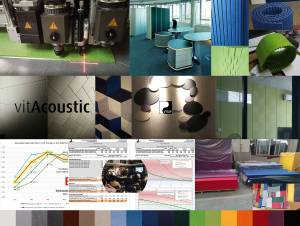 /a>
/a>
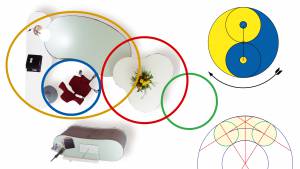 /a>
/a>
 /a>
/a>
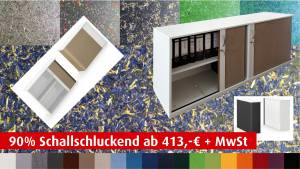 /a>
/a>
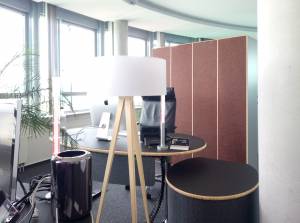 /a>
/a>
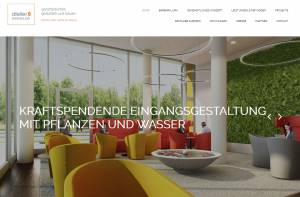 /a>
/a>
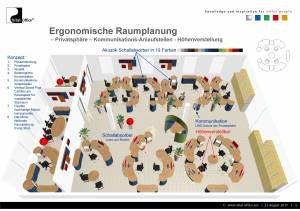 /a>
/a>
 /a>
/a>
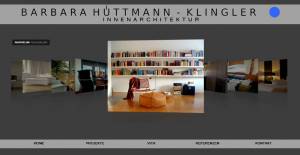 /a>
/a>
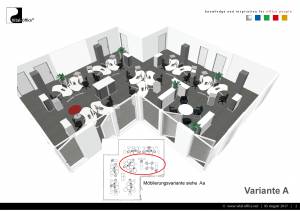 /a>
/a>
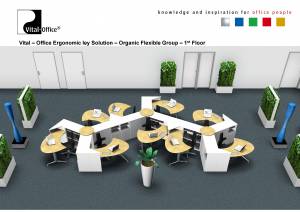 /a>
/a>
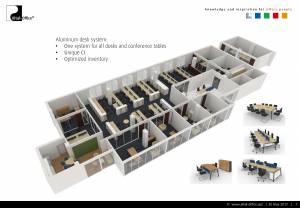 /a>
/a>
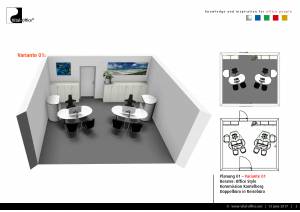 /a>
/a>
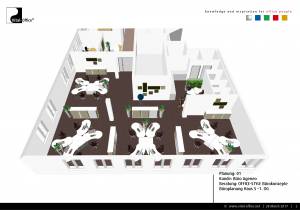 /a>
/a>
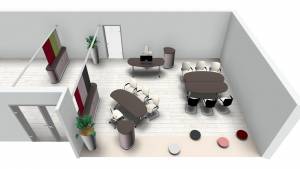 /a>
/a>
 /a>
/a>
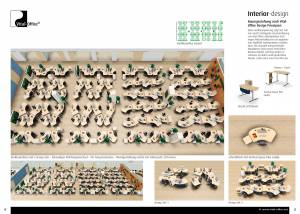 /a>
/a>
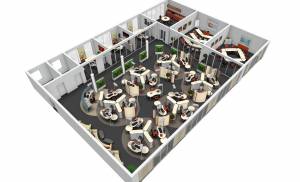 /a>
/a>
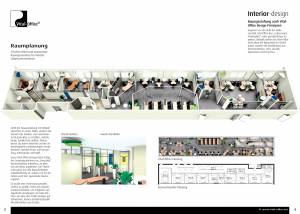 /a>
/a>
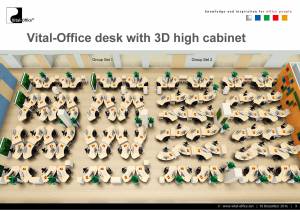 /a>
/a>
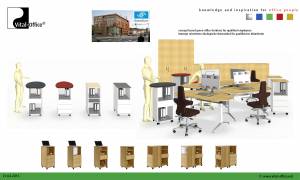 /a>
/a>
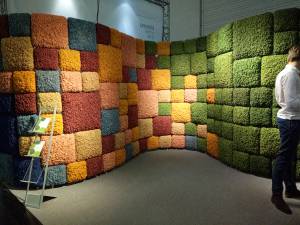 /a>
/a>
 /a>
/a>
 /a>
/a>
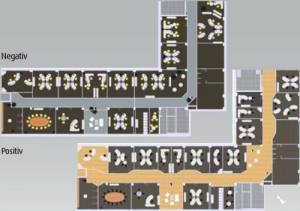 /a>
/a>
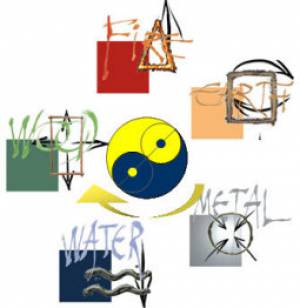 /a>
/a>
 /a>
/a>
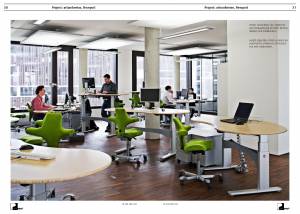 /a>
/a>






